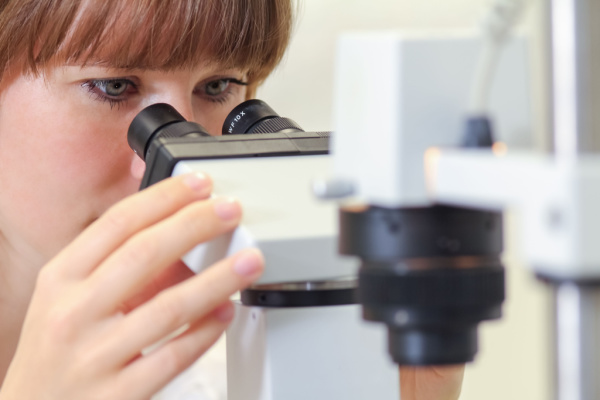The new discovery offers hope for assisted reproduction with unprecedented precision.
By Pesach Benson, TPS
Offering a promising avenue for diagnosing male fertility issues and developing new assisted reproductive techniques, Israeli researchers unveiled a new method to assess sperm’s capacity to induce egg fertilization.
Male infertility poses a significant global health concern, affecting an estimated 15% of the world’s population, according to the World Health Organization. While assisted reproductive techniques like in vitro fertilization (IVF) offer solutions, the absence of a standardized method to analyze sperm’s potential to fuse with an egg has been a longstanding challenge.
Sperm cells have specialized structures and mechanisms that enable them to reach and penetrate the protective layers surrounding the egg cell and ultimately fuse with it.
Sperm cells are guided by chemical signals released by the egg cell. As they approach the egg, the sperm undergo a series of biochemical changes known as the acrosome reaction. This allows the sperm to break through the outer layers of the egg. Sperm cells recognize and bind to specific receptors on the surface of the egg cell, triggering further biochemical changes in both the sperm and the egg, preparing them for fusion.
Once bound to the egg cell, the sperm cell membrane fuses with the egg cell membrane. This fusion event allows the genetic material carried by the sperm to enter the egg cytoplasm, where it combines with the egg’s genetic material to form a zygote — the first stage of a new organism’s embryonic development.
However, defects or abnormalities in the sperm can lead to infertility or unsuccessful fertilization.
The research, led by Clari Valansi, Nicolas Brukman, and Prof. Benjamin Podbilewicz, of the Technion Institute of Technology in Haifa. revealed a previously unknown phenomenon: the ability of mouse sperm to induce non-reproductive cells from hamsters to fuse and form syncytia – cells with multiple nuclei. This discovery opens doors for novel diagnostic tools to assess male infertility with greater precision.
The study, which was recently published in the peer-reviewed eLife journal, builds on the understanding of the molecular mechanisms underlying the fusion of sperm cells with an egg.
During fertilization, a protein called IZUMO1, which is carried by the sperm, interacts with the egg’s counterpart protein, called JUNO. By investigating how mouse sperm interacts with JUNO-expressing cells, the researchers shed light on a novel process which the Technion team dubbed SPICER (SPerm-Induced CEll-cell fusion Requiring JUNO).
Through meticulously designed experiments, the Technion team demonstrated SPICER’s effectiveness in inducing multinucleation in cells, laying the groundwork for a potential diagnostic tool capable of predicting sperm function accurately.
Not only do the findings offer a promising approach to diagnosing male infertility, they also open a door on potential applications in assisted reproductive techniques and agricultural settings, such as evaluating stud animal fertility, the researchers said.
“We have described a new phenomenon in which sperm cells can induce the fusion of cells expressing JUNO in culture, resembling the viral-like fusion of cells upon infection,” Podbilewicz said. “As the extent of multinucleation was correlated with the sperm’s fertilizing potential, SPICER could be a step towards the development of a reliable, fast, and simple method for predicting sperm function during the diagnosis of male infertility.”
